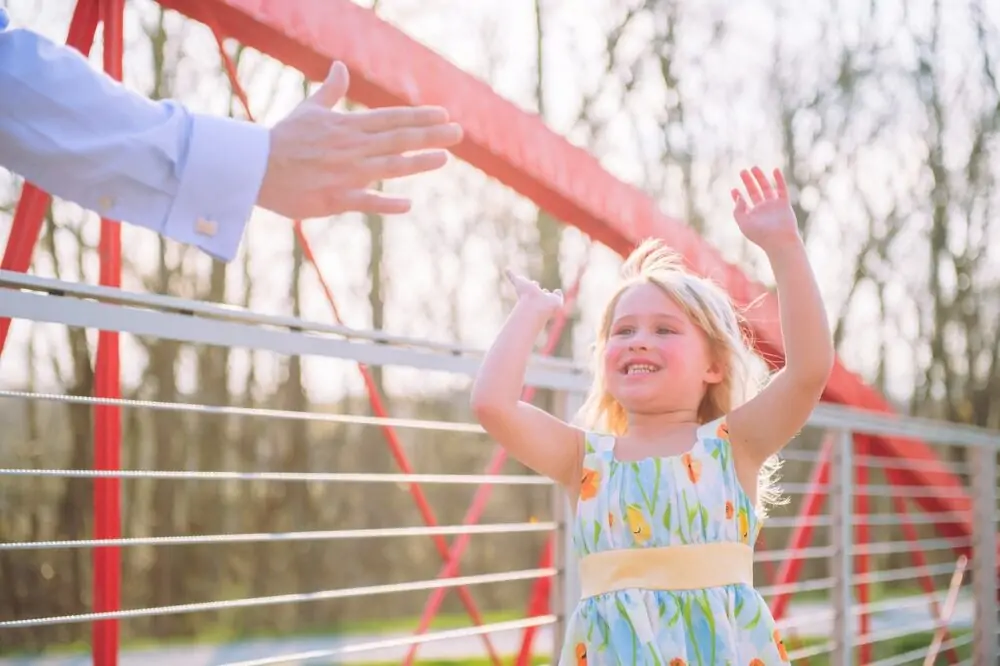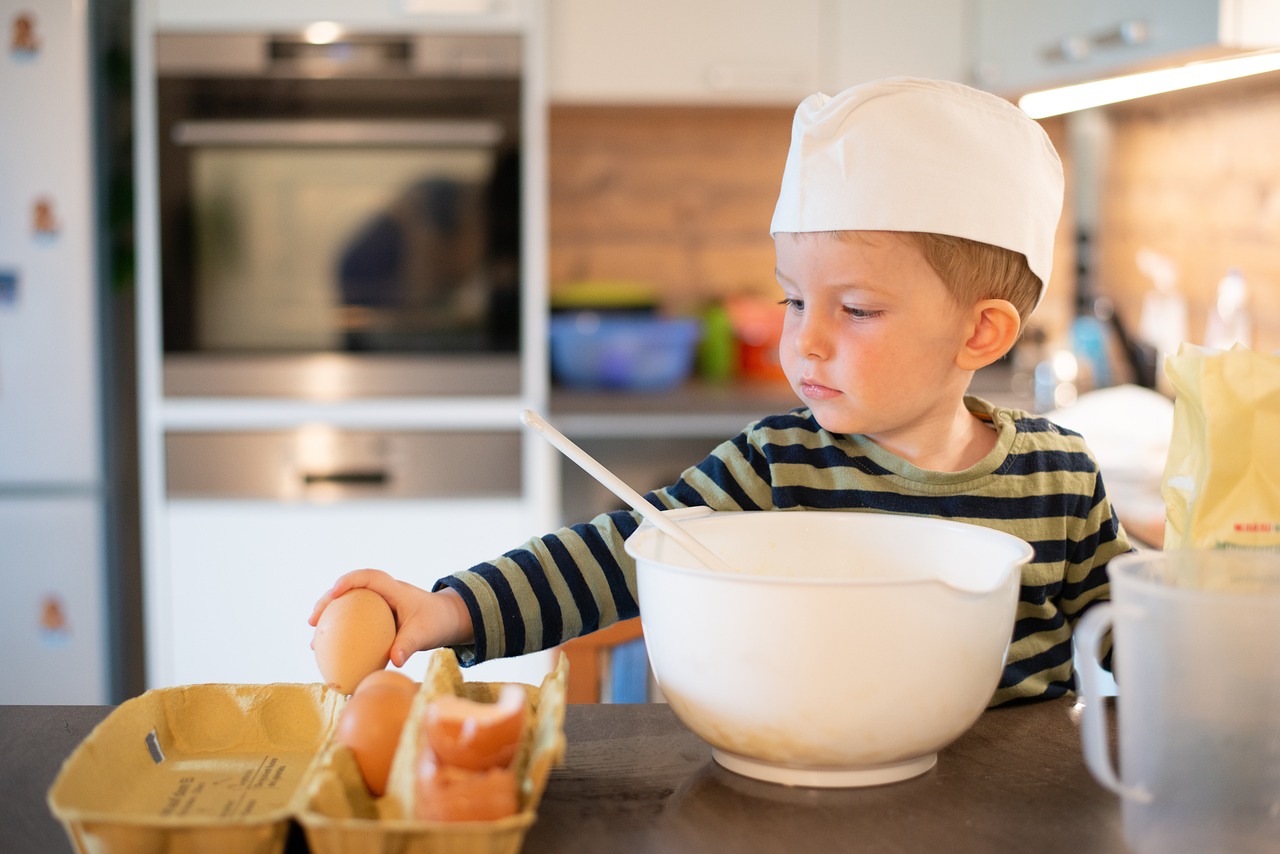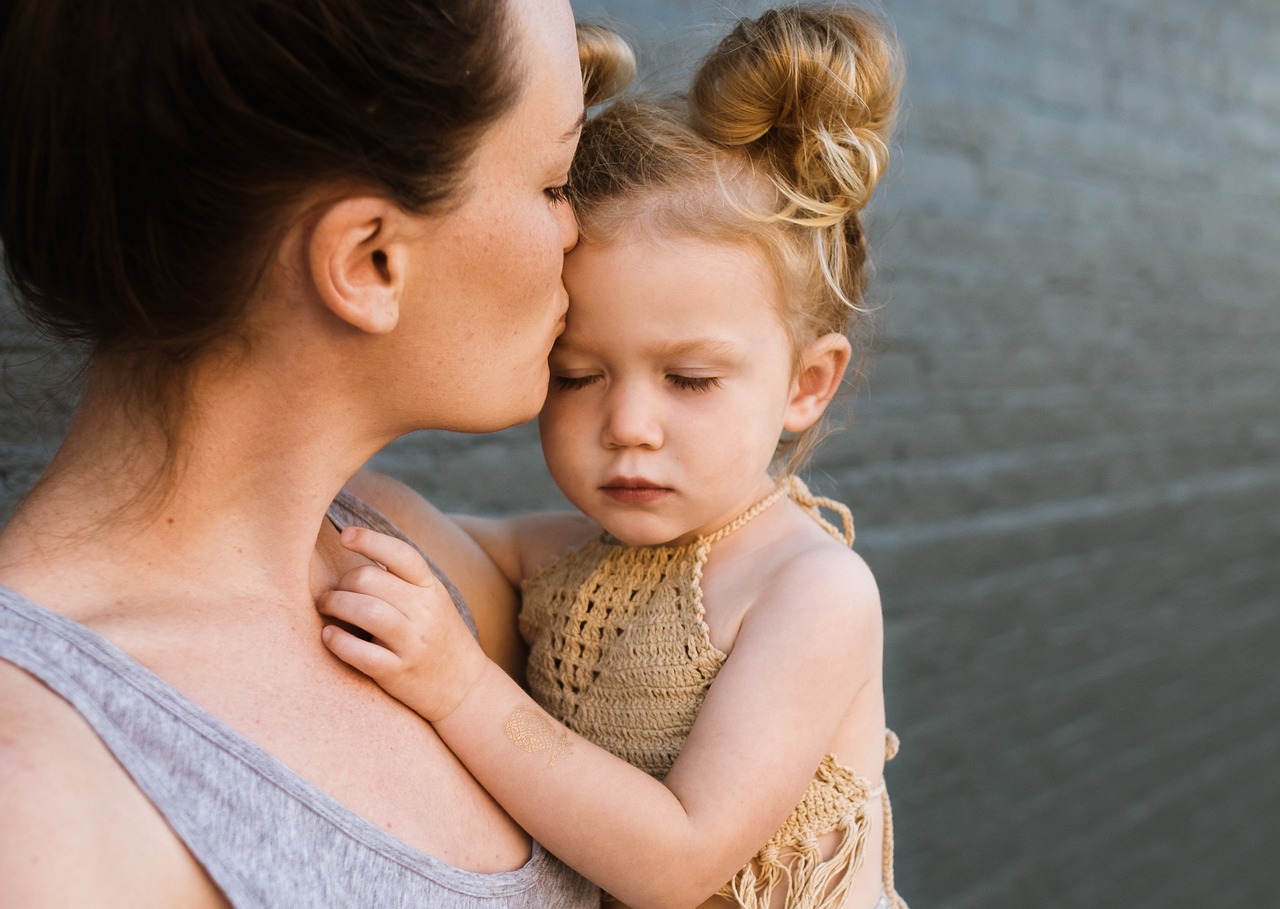5 Wonderful Tips to Transform Your Child’s Behaviour
8 min read
Last Modified 22 May 2025 First Added 25 May 2023

Have you ever wondered what it would be like to magically snap your fingers and POOF; your child’s behaviour transforms from a tornado to a gentle breeze?
We all understand that getting children to behave is like herding cats – they have a mind of their own, and they’re not always on board with what we want them to do.
There are a few tricks up our sleeves that you can use to make the process of encouraging good behaviour a little less daunting.
In this article, we’ll explore five tips to help you navigate the challenges of parenting your child’s behaviour with ease and comfort.
As parents, we all know that routines are essential for children’s development. They provide structure, predictability, and stability, which are all essential for creating a sense of security and promoting good behaviour.
Routines help children understand what’s expected of them, and what they can expect from their day. There are three key factors to take into consideration when teaching your little one a routine or how to implement one:
Consistency will aid a child in feeling stable and secure.
Establishing a routine, whether that is a regular bedtime, playtime, or tidy-up time, will help your child feel in control of their day.
Tip: Try to stick to the routine as much as possible, this will later create natural habits that display good and healthy behaviours!
While routines are beneficial, they don’t have to be boring.
Add fun to your routine to encourage your children to stick to them.
For example, is anyone up for a dance party after dinner?
Or how about, “silly sock day,” everyone wears their craziest socks for the day!
By making routines fun, the keener your children would be to get involved.
Children love to feel in control, so why not involve your little one in some of the decisions?
Bake some cookies, get the milk, sit around the dining table, and figure out a routine together!
Ask your child for their input:
“Which activities do you want to do and when?”
“Should we plan your homework hour before school or after school?”
“We need to plan tidy-up time, when should we put that in?”
When children feel involved and empowered, they’re more likely to follow the routine and behave well as they will take pride that this is also their plan.

Two key factor in encouraging positive behaviour in children is setting clear and simple expectations, and ensuring your little one understands what they need to do.
We sometimes forget that our little ones might not understand what we mean, be sure to explain things in a simple and uncomplicated way for them to digest.
Children are more likely to behave well when they understand what’s expected of them, and when they know there are corrections for behaving badly.
Here are some important steps to keep in mind when explaining your expectations:
Use clear and concise language and avoid using complicated terms or concepts as this will just confuse your child. Ask your child to repeat it back to you to ensure they understand. (Give them a little high-five if they got it!)
Instead of telling your child what they can’t do, focus on what they can do.
Use positive language to frame your expectations. For example, instead of saying “Don’t interrupt when I’m on the phone,” say “Please wait until I’m finished talking.”
Visuals are something most children will appreciate as it is more engaging and usually simpler.
For younger children aged 4 to 6, use pictures or drawings to illustrate what’s expected of them. For older children aged 7+, create a chart or list of expectations that they can refer to when needed. (Make it interactive to get your child even more involved)
Look at our arts & crafts to find the best creative products for your kids to decorate their chart.
If you’ve set clear expectations and your child doesn’t follow through, be sure that you follow through with the behaviour corrections you’ve established, this is to help teach your little one to want to behave positively to avoid the repercussions.
For example,
“Your routine chart says it is time for you to clean your room, and if you can’t keep to your plan then we can’t have our crazy sock day tomorrow.”
Encouraging good behaviour relies heavily on positive reinforcement. When your little one is behaving well, it is important to give them positive feedback and praise.
For children, this will feel like a powerful motivator for them to continue showing signs of good behaviour. (At the end of the day, every child wants to make their parent feel proud.)
On the flip side, when your child misbehaves, it’s important to address the behaviour and provide clear behavioural corrections.
Here are some recommended tips for praising good behaviour and correcting bad behaviour:
When your child behaves well, make sure you praise them. This could be as simple as saying “Good job!” or “I’m proud of you!”
Praising your children reinforces the importance of repeating good behaviour and encourages your child to continue to behave well. (And let’s be honest, everyone loves a little bit of recognition!)
A pocket money system can be a great motivator to reinforce good behaviour.
For example, you could give your child a small amount of money each week for good behaviour. They can then use this money to purchase small rewards like pocket money toys, extra privileges, or their favourite treats from the corner shop.
When your child misbehaves, it’s important to address the behaviour and provide clear behaviour correction. Be sure to explain why the behaviour is being corrected, children learn through action and that is normal.
For example, be clear about the behaviour you’re correcting and why. “If you spill the drink on yourself, you’re going to end up wet, meaning you will have to put your new top in the wash!”

It’s easy to fall into the trap of thinking our children are ungrateful or that their behaviour is plain bad. Remember, children are just learning how to navigate the world, and mistakes are a natural part of that process.
Instead of placing blame, we should focus on the behaviour itself. If we keep our children in a positive light in our minds, then we will find it much easier to discuss their mistakes and help them learn from their experiences.
Let’s say your child forgets to say “thank you” when given a gift. It’s easy to raise your brow, give them a stern look and with a little nudge, state strongly “Say thank you!” but it’s important to approach the situation positively.
You could say, “I’m so grateful that we have such thoughtful friends who give you amazing gifts. Let’s practice saying thank you together so that we can show them how much we appreciate them.”
By diverting our energy from negativity to championing a light-hearted teaching style, we can create a more positive and supportive environment for children to learn and grow.
Remember childhood is all about getting messy, making mistakes, and learning from these experiences.
Feel free to take some pressure off your shoulders and let your child be, they will naturally learn which behaviours benefit them, and which hinder them.
Every parent wants the best for their child. We want them to grow up to be kind, successful, and happy individuals.
But did you know that the best example you can give your children is yourself?
Children will naturally look to their parents to follow their example, and “do as I say, not as I do” may not work as well as you might want it to!
Studies have confirmed that children are heavily influenced by their parents and caregivers, as they look to them as role models for what to do and what not to do in life or day-to-day.
One study conducted by the National Literacy Trust found that children who had positive reading role models in their lives were more likely to read for pleasure themselves. Confirming that children will ‘copycat’ our behaviours as adults.
So, if you want your child to exhibit positive behaviours, it’s important to model those behaviours yourself.
For example, if you want your child to say, “thank you” and “please,” then it is important that they are witnessing you saying that in your day-to-day. Children learn by example, and by showing them how to behave positively, you’re setting them up for success.
It’s important to remember that as parents, we are only human, and we will make mistakes.
It’s completely okay to make mistakes, and it’s important to show our children that it’s okay to make mistakes as well.
By admitting our mistakes and taking responsibility for them, we’re modelling positive behaviour and showing our children that it’s okay to make mistakes and take accountability, as long as we learn from them.
In summary, as parents, you have the power to shape your children’s behaviour. So, let’s strive to be the best versions of ourselves and not take it too seriously along the way.
Read our disclaimers.